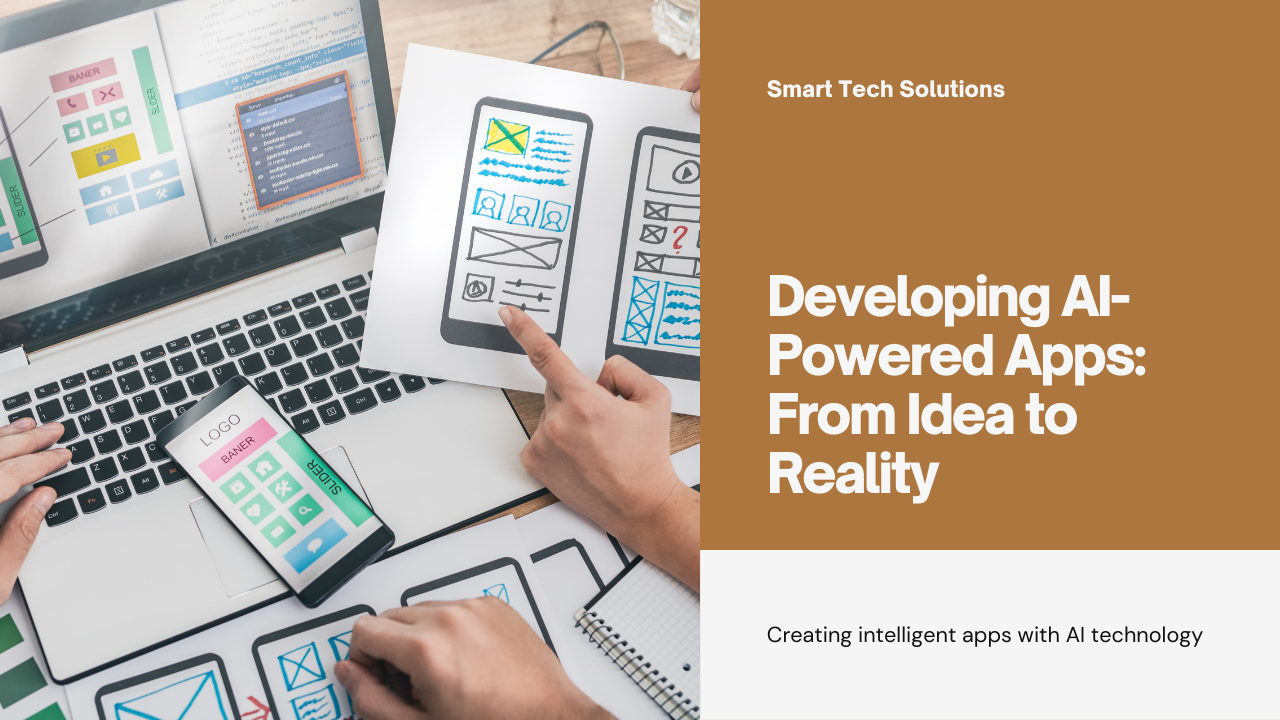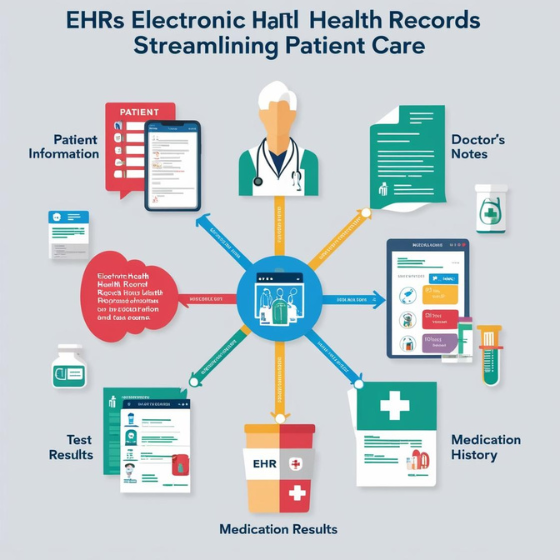Introduction: Artificial Intelligence (AI) has revolutionized the way we interact with technology, paving the way for smarter, more intuitive applications across various industries. Developing AI-powered apps involves leveraging machine learning algorithms to enhance functionality, improve user experiences, and drive business innovation. This blog explores essential strategies and best practices for developers looking to create AI-powered apps that deliver exceptional value and performance.
Understanding AI-Powered Apps: AI-powered apps utilize machine learning algorithms to analyze data, learn from user interactions, and make intelligent decisions in real-time. These apps can automate tasks, personalize user experiences, and offer predictive insights, significantly enhancing efficiency and user satisfaction. By integrating AI capabilities, developers can unlock new opportunities for innovation and competitive advantage in today’s digital landscape.
1. Define Clear Objectives and Use Cases: Before embarking on AI app development, it’s crucial to define clear objectives and identify use cases where AI can add value. Whether it’s enhancing customer support with chatbots, optimizing business processes with predictive analytics, or personalizing recommendations based on user behavior, understanding specific goals ensures that AI integration aligns with business priorities and user needs.
2. Choose the Right AI Frameworks and Tools: Selecting the appropriate AI frameworks and tools is essential for building robust and scalable AI-powered apps. Popular frameworks like TensorFlow, PyTorch, and scikit-learn offer comprehensive libraries for machine learning and deep learning tasks. Integrated development environments (IDEs) such as Google Colab and Jupyter Notebook facilitate rapid prototyping and experimentation with AI models. Additionally, cloud-based AI services from providers like AWS, Google Cloud AI, and Azure AI offer scalable infrastructure for deploying AI models in production environments.
3. Collect and Prepare High-Quality Data: High-quality data is the cornerstone of effective AI application development. Developers should gather relevant datasets that align with the app’s objectives and use cases. Data preprocessing techniques such as cleaning, normalization, and feature engineering ensure that the data is suitable for training AI models. Leveraging data augmentation methods and synthetic data generation techniques enhances model robustness and improves generalization capabilities.
4. Design and Train AI Models: Designing and training AI models involves selecting appropriate algorithms and architectures based on the app’s requirements. Supervised learning techniques, such as classification and regression, are suitable for tasks where labeled data is available. Unsupervised learning methods, including clustering and anomaly detection, are useful for discovering patterns and insights from unlabeled data. Reinforcement learning frameworks enable AI-powered apps to learn and adapt based on feedback from interactions with users and the environment.
5. Implement Ethical AI Principles: Integrating ethical AI principles ensures that AI-powered apps prioritize fairness, transparency, and accountability. Developers should mitigate biases in training data and AI models to avoid discriminatory outcomes. Implementing explainable AI techniques enables users to understand how AI algorithms make decisions, fostering trust and transparency. Compliance with data privacy regulations, such as GDPR and CCPA, safeguards user data and reinforces ethical practices in AI application development.
6. Integrate AI Capabilities into User Interfaces (UI): Seamless integration of AI capabilities into user interfaces enhances app usability and engagement. Incorporating natural language processing (NLP) for text-based interactions, speech recognition for voice commands, and computer vision for image and video processing enriches user experiences. AI-powered recommendation systems personalize content and product suggestions based on user preferences, driving user retention and satisfaction.
7. Test, Evaluate, and Iterate: Thorough testing, evaluation, and iteration are essential phases in AI app development. Conducting rigorous testing ensures that AI models perform accurately and reliably across diverse scenarios and user inputs. Implementing A/B testing methodologies compares the performance of AI-powered features and validates their impact on user engagement and business metrics. Continuous monitoring and feedback loops enable developers to refine AI models, optimize performance, and address emerging challenges over time.
Conclusion: In conclusion, developing AI-powered apps requires strategic planning, advanced technical skills, and a commitment to ethical AI practices. By defining clear objectives, choosing the right AI frameworks, collecting high-quality data, designing and training AI models, implementing ethical AI principles, integrating AI capabilities into user interfaces, and conducting thorough testing and iteration, developers can create innovative apps that deliver superior value and user experiences.






